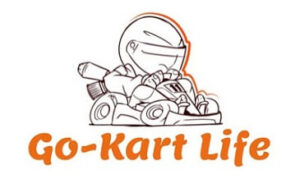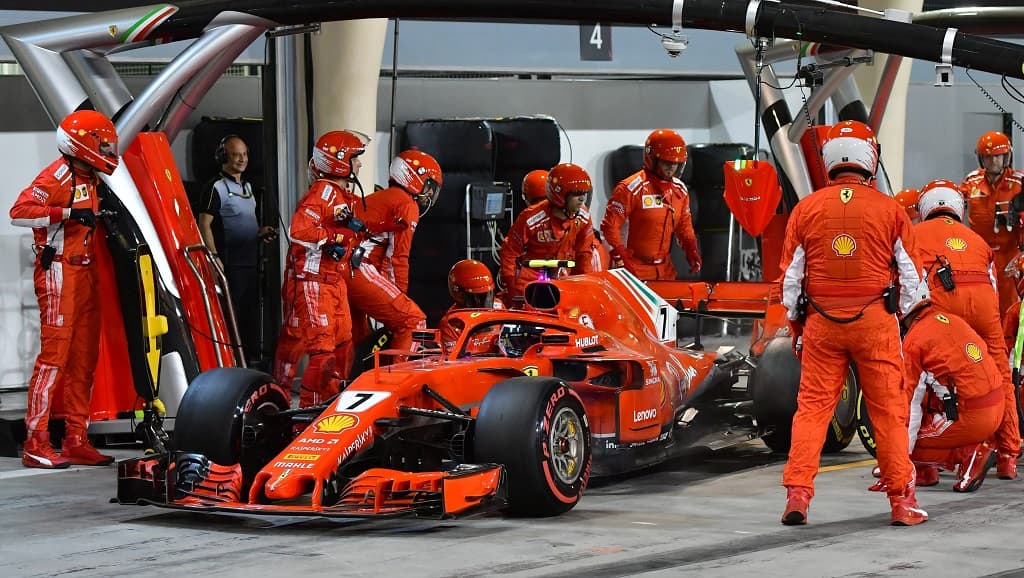Go-kart racing, exhilarating motorsport, often raises questions about pit stops, a crucial aspect of Formula 1 and NASCAR races. This article aims to provide a comprehensive understanding of pit stops in go-kart racing and answer some common questions about their role in different types of kart races, as well as other factors that contribute to the topical relevance of this subject.
Do Go-Kart Races Have Pit Stops?
Go-kart races generally do not have pit stops, especially in short sprint races lasting 10-12 laps. In these races, drivers avoid pitting as it would cost them valuable time. However, pit stops can occur in go-kart endurance races, where drivers may need to change tires, refuel, or address other kart maintenance issues during the race.
The Go-Kart Pit Stop Process
Though not as common as in other motorsports, pit stops in go-kart racing follow a similar process. Here’s an overview of how a go-kart pit stop works:
Pit Stop Duration
A typical go-kart pit stop takes approximately one minute. However, if the kart is damaged or requires refueling, the pit stop duration may extend to two minutes or more.
Mechanics’ Responsibilities
During a pit stop, mechanics must work efficiently and remain focused. Their tasks include lifting the kart onto a stand, changing tires, refueling, and possibly replacing the engine or seat. Mechanics may also need to clean the engine if debris obstructs its operation.
Driver’s Role in Pit Stops
In endurance races, drivers may exit the kart during a pit stop. Often, endurance races involve teams of 3-4 drivers who share driving responsibilities. However, some drivers choose to complete the entire race solo.
Pit Stops in Sprint Races
While not mandatory, pit stops are allowed in sprint races. Nonetheless, due to the short length of go-kart tracks, drivers rarely pit unless facing mechanical issues or a puncture.
Additional Factors Contributing to Topical Relevance:
Race Strategy
Pit stops can be essential to race strategy, particularly in endurance races. Teams must carefully plan when and how to execute pit stops to minimize time loss and maintain a competitive edge.
Driver Fitness and Hydration
During long races, pit stops may also allow drivers to hydrate and take a short break to regain focus and composure, ensuring their safety and optimal performance on the track.
Kart Maintenance and Inspection
Regular pit stops in endurance races allow mechanics to inspect the kart for potential issues, such as tire wear, brake performance, and engine temperatures. Addressing these problems promptly can prevent significant issues from developing during the race.
Conclusion
Pit stops in go-kart racing are relatively rare, primarily during endurance races. This comprehensive guide addresses common questions about pit stops in go-kart racing and provides valuable insights into other relevant factors such as race strategy, driver fitness, and kart maintenance. As you continue to explore the thrilling world of go-kart racing, stay tuned for more informative articles on this exciting sport!
For other exciting facts about go-karting, read Questions Every Go-Kart Driver Should Know the Answer To
Frequently Asked Questions
Generally, there are no strict rules for pit stops in sprint races, as they rarely occur. However, pit stop procedures may be more regulated in endurance races, including the number of pit crew members allowed and the proper use of safety equipment.
Teams participating in endurance go-kart races prepare for pit stops by carefully planning their race strategy, including the timing and frequency of pit stops. They also practice pit stop procedures, ensuring the pit crew can efficiently execute their tasks, such as tire changes, refueling, and kart maintenance. Good communication between drivers and pit crew members is crucial for executing smooth and effective pit stops.
During a go-kart pit stop, safety precautions should include wearing appropriate protective gear for pit crew members, such as gloves and eye protection. The kart should be securely placed on a stand before any work begins, and proper lifting procedures should be followed to prevent injuries. Additionally, when refueling, it is crucial to use approved fuel containers and follow proper handling techniques to minimize the risk of spills and fires.
Weather conditions can significantly impact pit-stop strategies in go-kart racing. For example, if the track is wet or slippery, teams may opt for tire changes to better suit the conditions, affecting the timing and frequency of pit stops. Additionally, extreme heat or cold can impact the performance of the kart’s engine and other components, potentially necessitating additional maintenance or adjustments during pit stops. Teams must closely monitor weather conditions and adapt their pit stop strategies to maintain optimal performance.
Yes, a driver can potentially be penalized for not following proper pit stop procedures in go-kart races, particularly during endurance events where pit stops are more regulated. Penalties may include time penalties or disqualification, depending on the severity of the infraction. Both drivers and pit crew members need to be familiar with the rules and regulations governing pit stops for the specific event they are participating in to avoid any penalties or disqualifications.

Goran, an experienced go-kart racer, fuels GoKartLife.com with his passion and expertise. He offers valuable insights and tips for fellow enthusiasts, fostering the growth of the go-kart community. Join Goran at GoKartLife.com and immerse yourself in this exhilarating sport.

